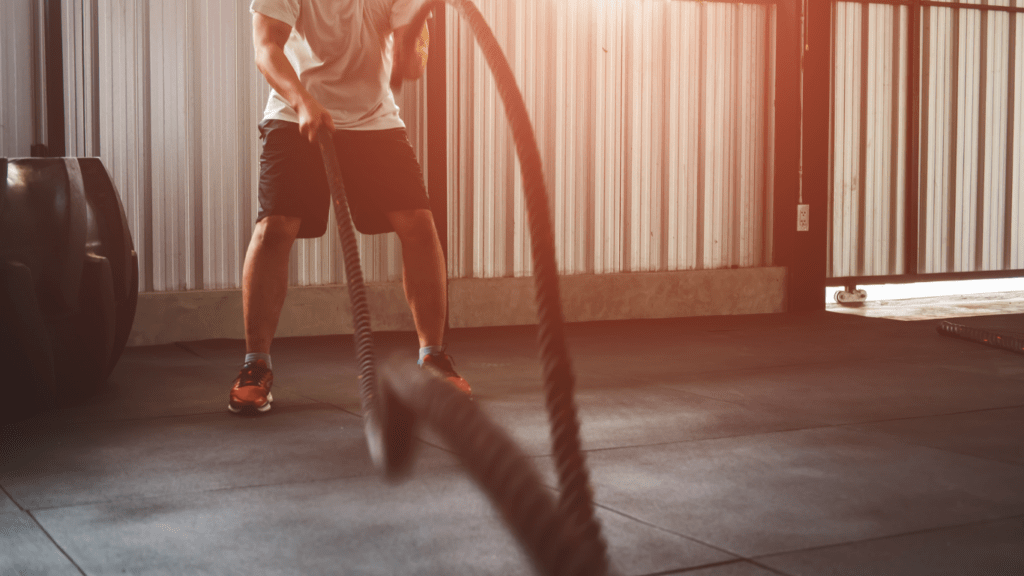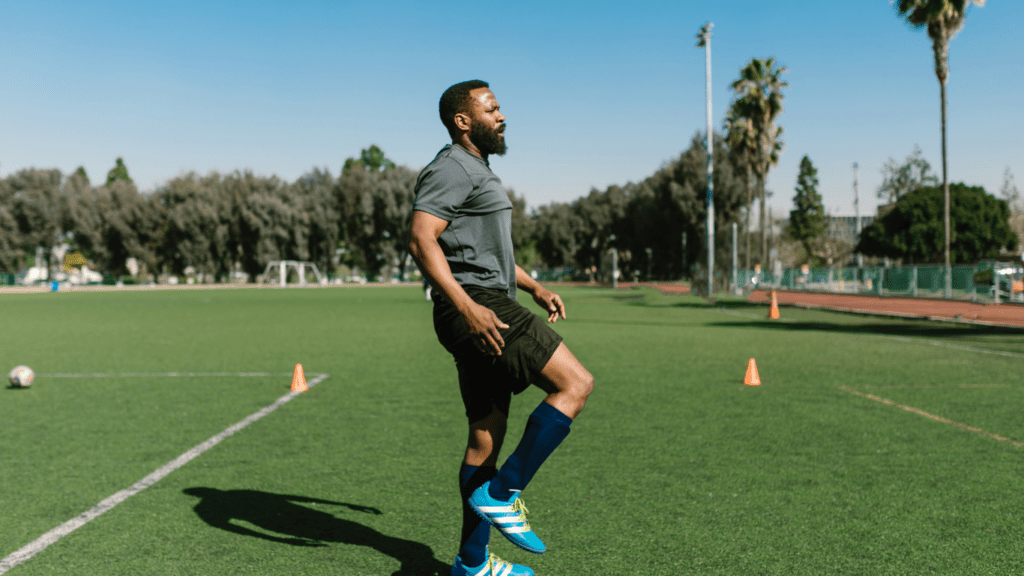In today’s fast-paced world, recovery is just as crucial as performance. Athletes and fitness enthusiasts alike are constantly seeking ways to bounce back faster and enhance their overall results. With advancements in science and technology, cutting-edge recovery methods have emerged, promising quicker rebounds and improved performance.
I’ve explored some of the most innovative techniques that are transforming the way we approach recovery. From cryotherapy to advanced compression therapy, these methods not only help alleviate soreness but also boost overall well-being.
Join me as I dive into the latest trends in recovery and discover how they can elevate your performance to new heights.
Overview of Recovery Methods
Cutting-edge recovery methods focus on enhancing performance rebound by leveraging advanced technology and scientific research. These approaches not only target muscle recovery but also address overall well-being, ensuring a holistic recovery experience.
Cryotherapy
Cryotherapy involves exposing the body to extremely cold temperatures for a short period. It helps reduce inflammation, speed up recovery, and relieve pain. Athletes often use localized cryotherapy or whole-body cryotherapy to experience rapid effects on soreness and fatigue.
Advanced Compression Therapy
Advanced compression therapy uses specialized equipment to apply controlled pressure to the limbs. This method improves blood flow and lymphatic drainage, which reduces swelling and promotes faster recovery.
Many athletes integrate this therapy to improve performance and decrease muscle stiffness.
Electrical Muscle Stimulation (EMS)
Electrical muscle stimulation (EMS) employs electrical impulses to stimulate muscle contractions. This technique enhances muscle recovery and reduces soreness after intense workouts. EMS sessions can target specific muscle groups, allowing for tailored recovery strategies.
Infrared Light Therapy
Infrared light therapy uses specific wavelengths of light to penetrate the skin and promote healing. This method increases circulation and stimulates collagen production. Athletes utilize this therapy to alleviate pain and enhance the recovery process.
Active Recovery Techniques
Active recovery techniques focus on low-intensity exercises and movements. These methods, such as yoga, walking, or cycling, encourage blood flow and help maintain flexibility. Active recovery can effectively reduce muscle soreness and improve overall recovery times.
Nutritional Recovery Strategies
Nutritional recovery strategies emphasize the importance of post-workout nutrition. Consuming a balanced diet rich in protein, carbohydrates, and healthy fats aids muscle repair and replenishes energy stores. Hydration plays a crucial role in recovery, ensuring optimal performance levels.
By exploring these innovative methods, athletes can discover new ways to maximize their recovery, enhancing both performance and overall health.
Types of Cutting-Edge Recovery Methods
Innovative recovery methods can enhance athletic performance and speed up recovery. Here are the primary types:
Active Recovery Techniques
Active recovery techniques involve low-intensity activities that promote blood circulation and decrease muscle stiffness. Examples include:
- Dynamic Stretching: Engaging in movements that stretch the muscles while maintaining motion to improve flexibility and reduce soreness.
- Low-Intensity Cardio: Activities such as walking, cycling, or swimming that keep the body active without adding strain, aiding in metabolic waste removal.
- Yoga: Incorporating various poses helps alleviate muscle tension, improve flexibility, and enhance overall relaxation.
- Foam Rolling: Utilizing a foam roller targets trigger points, releasing muscle tightness and promoting blood flow.
Passive Recovery Techniques
- Cryotherapy: Exposing the body to cold temperatures can significantly reduce inflammation and expedite muscle repair.
- Compression Therapy: Using specialized garments promotes blood flow and decreases swelling, facilitating faster recovery post-exercise.
- Electrical Muscle Stimulation (EMS): Applying electrical currents stimulates muscle contractions, enhancing recovery by improving blood circulation in targeted areas.
- Infrared Light Therapy: Utilizing infrared light reduces pain and promotes healing at the cellular level, improving recovery time.
Technology in Recovery
The integration of technology into recovery methods enhances athletes’ and fitness enthusiasts’ ability to maximize their performance rebound. Two key innovations in this area include wearable recovery devices and specialized recovery apps.
Wearable Recovery Devices
Wearable recovery devices track real-time biometrics and provide data-driven insights for optimizing recovery. These devices monitor heart rate variability, sleep quality, and muscle recovery metrics.
For example, products like WHOOP straps and Oura rings offer personalized feedback that guides recovery strategies based on individual performance demands. Some wearables even include vibration therapy features, designed to alleviate muscle tension post-workout.
Incorporating data from these devices allows for targeted recovery plans, ensuring optimal performance with minimal downtime.
Recovery Apps and Software
Recovery apps and software play a crucial role in enhancing post-exercise recovery protocols. These applications help athletes manage their recovery by offering customized workout plans, nutrition advice, and relaxation techniques.
For instance, apps like TrainHeroic provide structured recovery schedules based on user-reported fatigue and performance levels. Other platforms, such as MyFitnessPal, assist with nutritional tracking, ensuring proper hydration and nutrient intake for recovery.
Additionally, some apps utilize AI to analyze workout data and suggest modifications to enhance recovery strategies effectively. By leveraging technology, recovery becomes more personalized and efficient, enabling athletes to achieve peak performance regularly.
Benefits of Cutting-Edge Recovery Methods
Cutting-edge recovery methods provide several benefits that significantly enhance athletic performance and overall health.
- Faster Recovery Times: Innovations like cryotherapy and electrical muscle stimulation (EMS) accelerate recovery, reducing downtime and allowing athletes to return to peak performance levels quickly.
- Reduced Inflammation: Techniques such as cryotherapy and infrared light therapy effectively diminish inflammation, alleviating muscle soreness and promoting quicker healing.
- Improved Blood Circulation: Advanced compression therapy enhances blood flow, aiding nutrient delivery to muscles while expediting waste removal, which is vital for optimal recovery.
- Pain Management: Infrared light therapy offers effective pain relief, supporting injury recovery and improving comfort during training.
- Customized Recovery Plans: Wearable recovery devices and specialized apps allow me to design tailored recovery strategies based on real-time biometric data, ensuring individualized approaches that cater to specific needs.
- Enhanced Flexibility and Mobility: Active recovery techniques, including dynamic stretching and foam rolling, maintain flexibility and mobility, which are essential for preventing injuries.
- Improved Mental Recovery: Incorporating relaxation techniques and mindfulness practices into recovery regimens fosters mental clarity and focus, contributing to overall athletic performance.
- Optimized Nutrition: Nutritional recovery strategies ensure proper hydration and nutrient intake, fueling muscles effectively post-workout to maximize recovery and performance gains.
By integrating these cutting-edge recovery methods into my routine, I enhance not just my performance but my overall well-being.




